The Philippine Institute of Volcanology and Seismology said it had observed hot volcanic fluids rising in Taal's crater lake, leading to volcanic gas emissions. The alert level remained at 1 on a scale of 5, indicating "mild increases in eruptions and steam or gas activity."
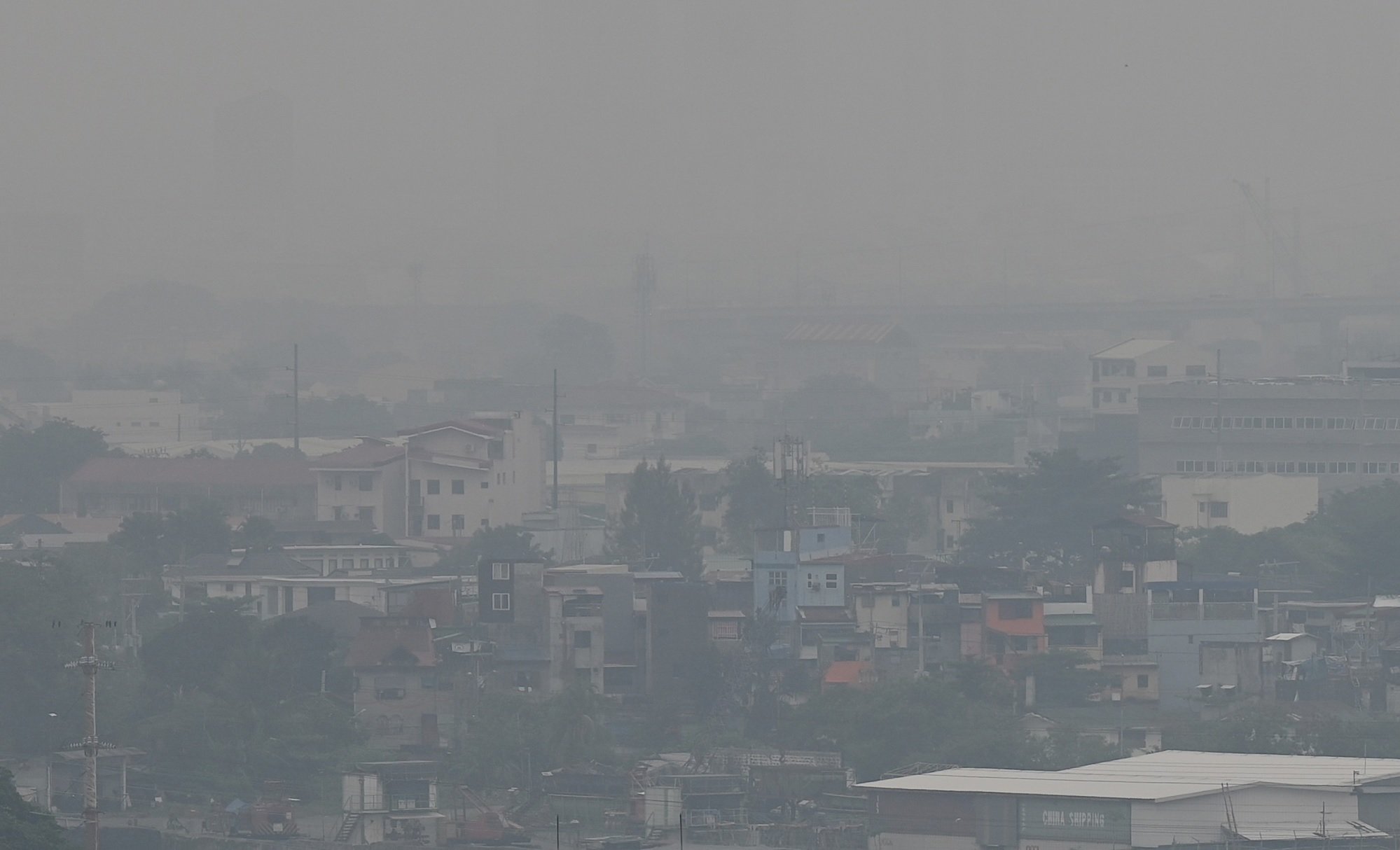
Smog covers the Philippine capital Manila on September 22. Photo: Getty Images
Located in a beautiful lake in Batangas province near Manila, the 311-meter-high Taal Volcano is one of the 24 most active volcanoes in the Philippines.
In January 2020, it spewed a column of ash and steam up to 15 kilometers high, forcing more than 100,000 people to evacuate and dozens of flights to be canceled as thick ash fell as far as Manila.
Volcanic smog consists of tiny droplets containing volcanic gases such as sulfur that can irritate the eyes, throat and respiratory tract. Authorities suspended classes on Friday in dozens of towns and cities near the capital region.
The Philippine aviation authority on Friday asked pilots to avoid flying near the volcano's peak "as airborne ash and debris from sudden explosions could pose a hazard to aircraft."
The Philippines lies on the Pacific "Ring of Fire", where volcanic activity and earthquakes frequently occur.
Hoang Anh (according to Bloomberg, Reuters)
Source


![[Photo] Ministry of Defense sees off relief forces to the airport to Myanmar for mission](https://vstatic.vietnam.vn/vietnam/resource/IMAGE/2025/3/30/245629fab9d644fd909ecd67f1749123)


![[Photo] Prime Minister Pham Minh Chinh chairs meeting to remove difficulties for projects](https://vstatic.vietnam.vn/vietnam/resource/IMAGE/2025/3/30/7d354a396d4e4699adc2ccc0d44fbd4f)
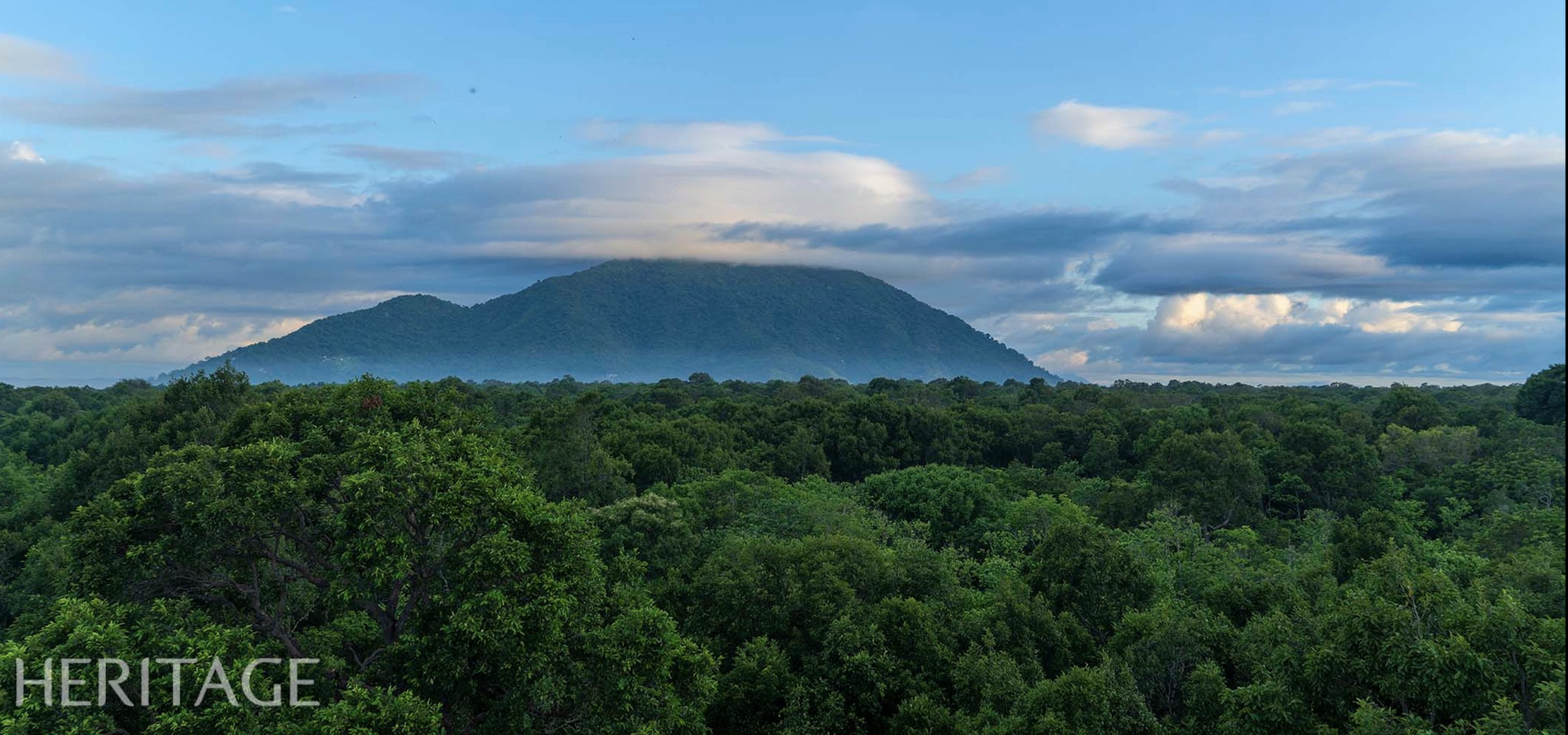











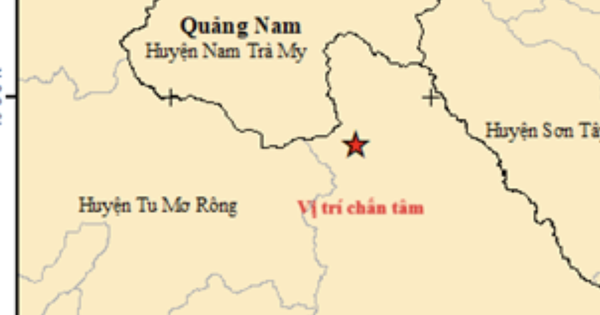


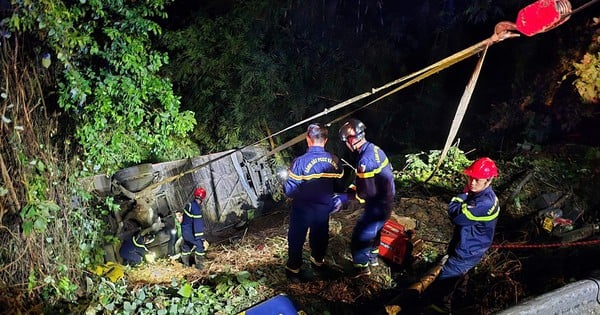










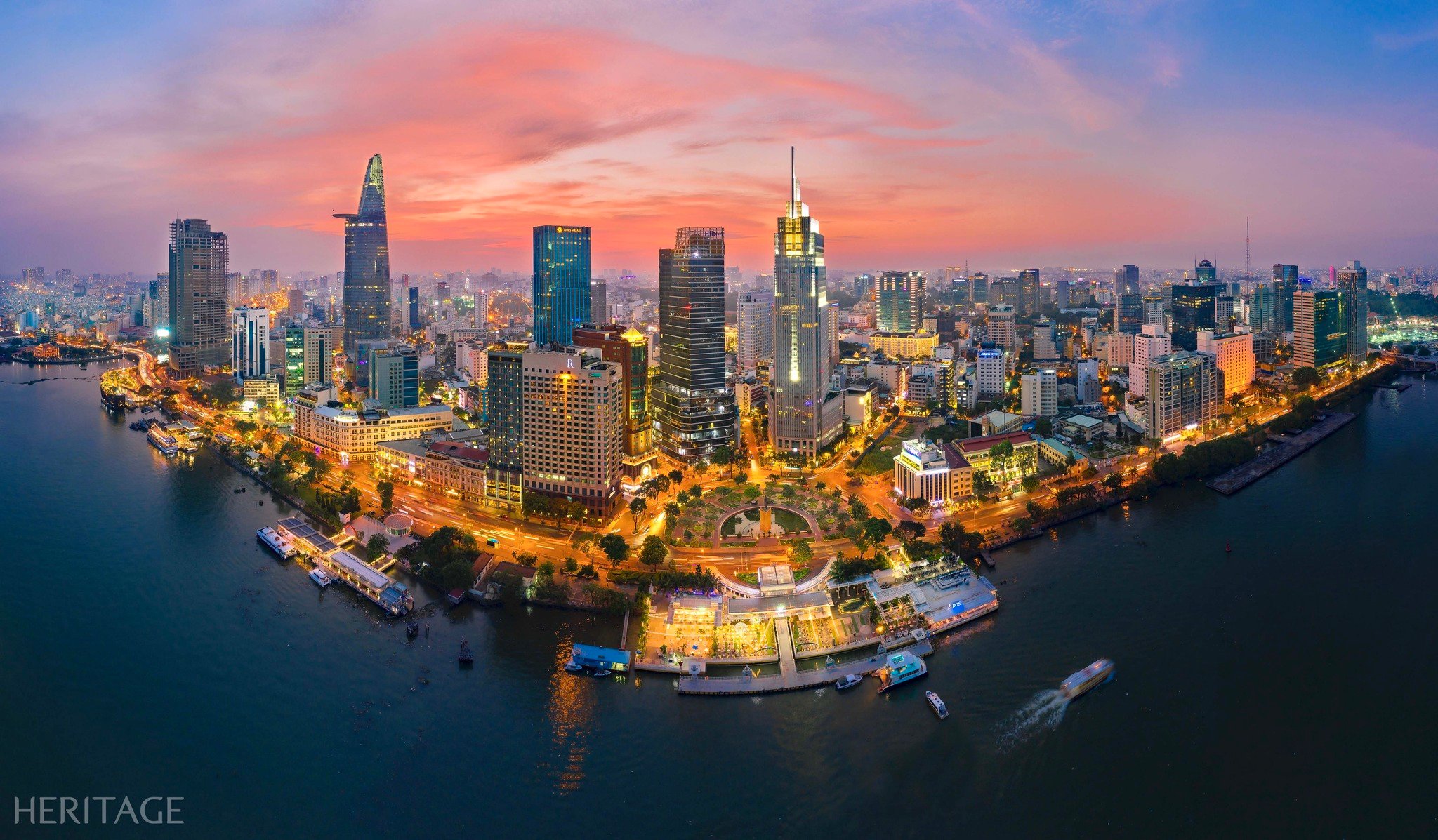























































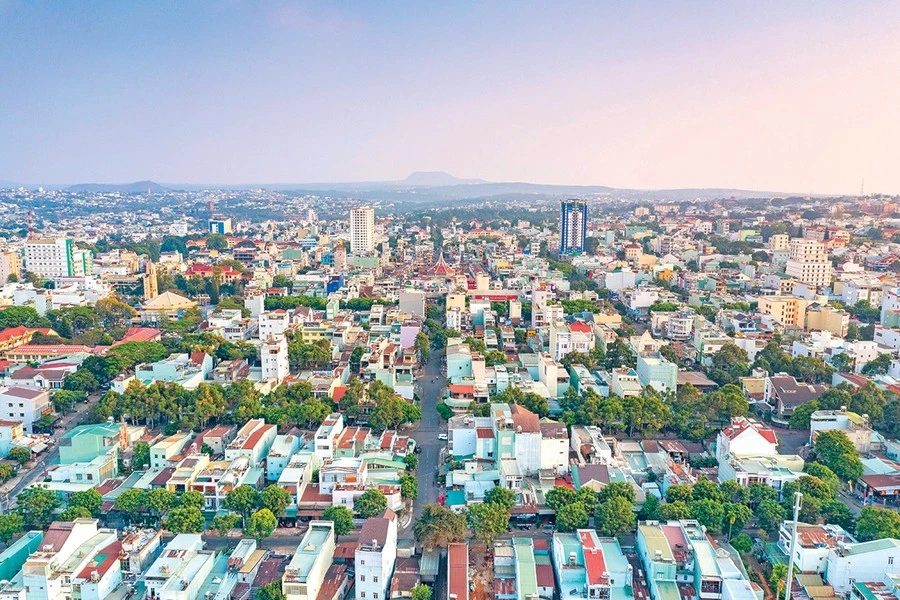





![[REVIEW OCOP] An Lanh Huong Vet Yen Cat](https://vstatic.vietnam.vn/vietnam/resource/IMAGE/2025/3/27/c25032328e9a47be9991d5be7c0cad8c)







Comment (0)